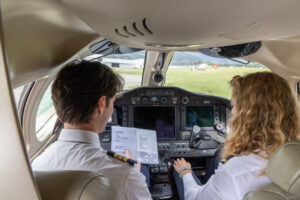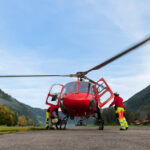FAA letters of authorization process optimized
The first thing I would say to someone who wants to know about the difference between Part 91 and Part 135 flying is “paperwork.” Loads and loads of paperwork. I should know, I was tasked with converting our Part 91 operation to a Part 135 Charter Company, and my head still hurts from the effort. I had to figure out FAA documentation that I had never even heard of. FAA Letters of Authorization (LOA), what are those?
Both 91 and 135 operators need LOAs to engage in-flight activities that require specific authorization. Each operator decides what authorizations to apply for based on their flying. For example, an LOA must exist to operate within RVSM Airspace, but you can disregard the extra work to get FAA approval if you have an airplane with a max altitude of FL250.
If you don’t already know, FAA authorization is required for the following operations, which means the pilot must apply for an LOA for each one they want to use:
- Reduced Vertical Separation Minimum (RVSM)
- Required Navigation Performance (RNP) -10/4
- North Atlantic High-Level Airspace (NAT HLA)
- Area Navigation (B-RNAV / RNAV-5 and P-RNAV / RNAV-1)
- Data Link Communications (ADS-C / CPDLC)
It is pretty complicated and labor-intensive, but now it is easier. Aviation Manuals has been approved to offer a streamlined Letter of Authorization process for Part 91 Operators acquiring new aircraft. Yes, I heard myself – Part 91 Operators, but don’t you think Part 135 can’t be that far behind?
Any help that we can get when dealing with the FAA is worth its weight in gold, so bring it on! The manuals and safety services company has worked closely with the FAA, manufacturers, and training organizations to develop their simplified system of LOA Approval. In the past, reviews have taken weeks or even months, causing costly delays for the pilots and owners hoping to use these flight operations.
The streamlined LOA process is now in Beta testing, with a select number of operators purchasing new aircraft using the system and providing feedback on time and money savings, as well as ease of use.
The product is currently available to users. I’m looking forward to hearing the reviews and seeing if their simplified system makes a difference in the amount of work involved for the person applying. It doesn’t matter if you are Part 91 or Part 135. If you want to do the type of flying that requires special authorization, you have to put in the work to get approval. It’s nice to see that someone is trying to make it easier.
RELATED CTS TRAINING










